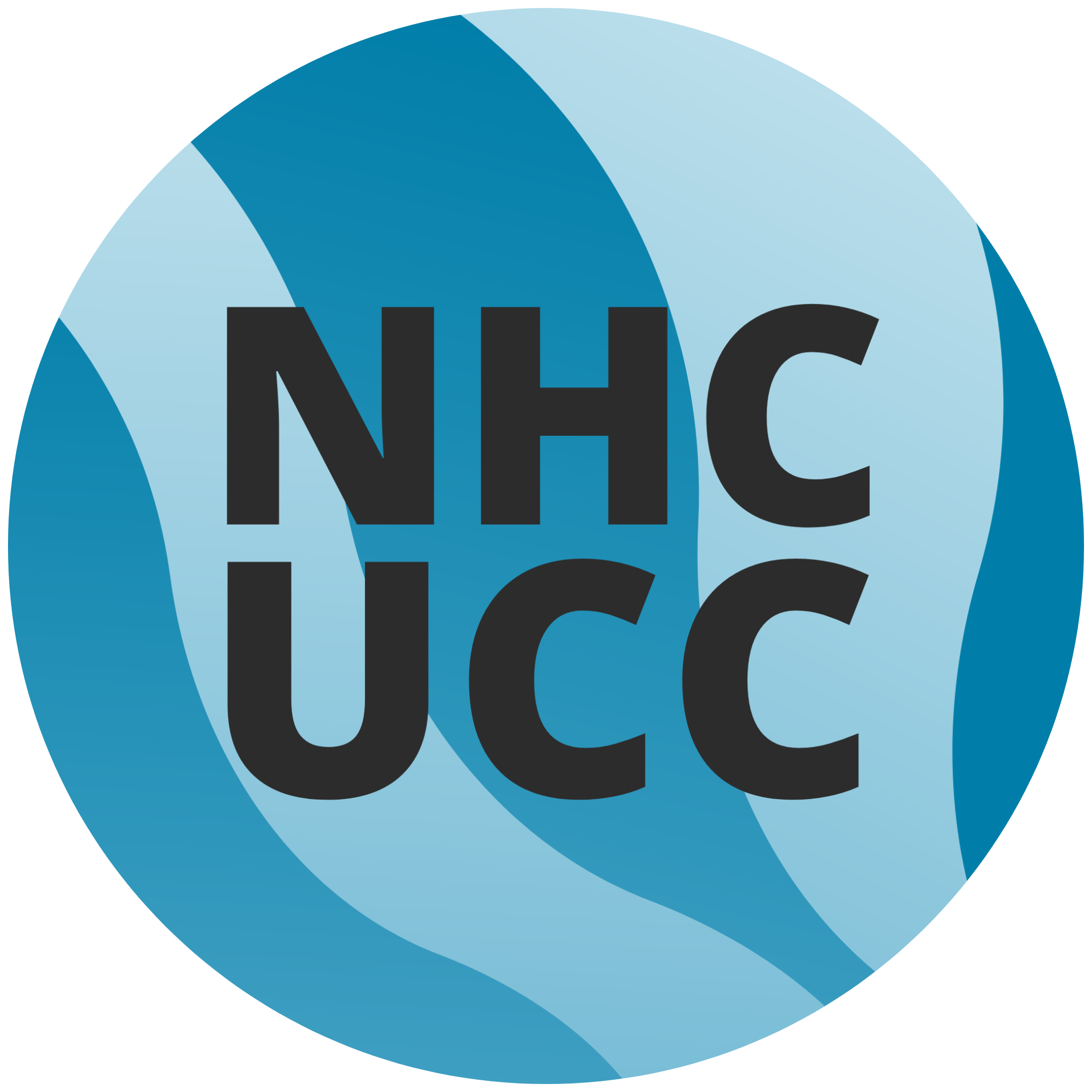Conference Minister Corner | Festival of Purim
- Rev. Gordon Rankin
- Mar 16
- 2 min read
Rev. Gordon Rankin | Conference Minister
Last Friday, our Jewish siblings celebrated the Festival of Purim. I just so happened to be with one of my colleagues, the Reverend Tyler Connoley. Tyler is the Conference Minister of the Central Pacific Conference and is co-author of the book The Children are Free. Tyler’s Masters thesis happened to be on the topic Biblical eunuchs which allowed them to tell the Purim story in a particularly unique way.
For those who don’t know the Purim story, it can be found in the book of Esther. It is the story of Jewish cousins Mordecai and Queen Esther and how they are able to save the Jewish people from annihilation at the hand of an official of the Achaemenid Empire named Haman. At the pivotal point of the story, Mordecai has found out that Haman plans to wipe out the Jews. He asks Queen Esther, who has not disclosed her Jewish background, to petition her husband, King Ahasuerus, for the safe keeping of her people. Mordecai’s message is “perhaps you have risen to royal dignity for just such a time as this”.
All this communication happens, but Mordecai and Queen Esther never actually see each other. The communication is carried back and forth by the eunuch, Hathach. Tyler’s studies have revealed that eunuchs were essentially the transgender folks of that day. In a time when other surgical options were not available, emasculation was the way one would embody the reality of their gender identity. Further, in a culture where men’s and women’s spaces were very separate (you will recall the Queen was not allowed in the presence of the King unless summoned), it was the transgender identity of a eunuch that allowed them to be present in both spaces. If it wasn’t for the transgender reality of who Hathach was, the messages between Mordecai and Esther might never have made it from one to the other.
I know that I will never think of the story of Purim the same way again. The plight of the Jews rested in the communications of a transgender person who could do what virtually no one else could do. That is a powerful, impactful story. It is the type of story we need to make sure we are telling as people of faith.
